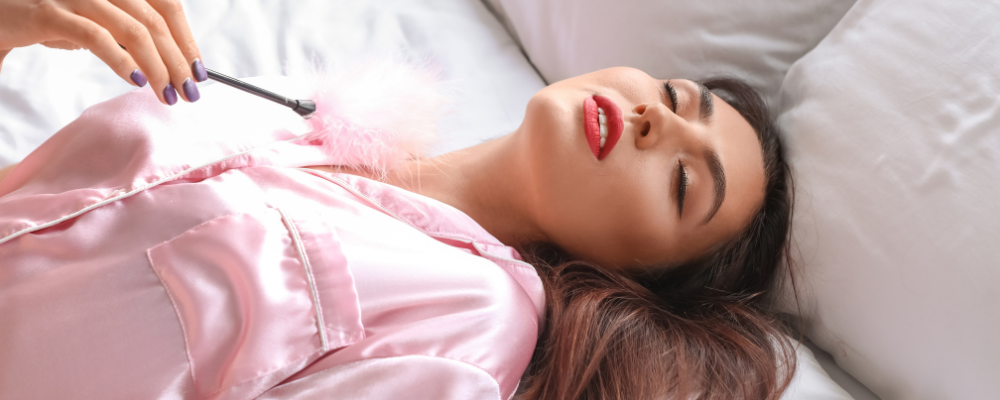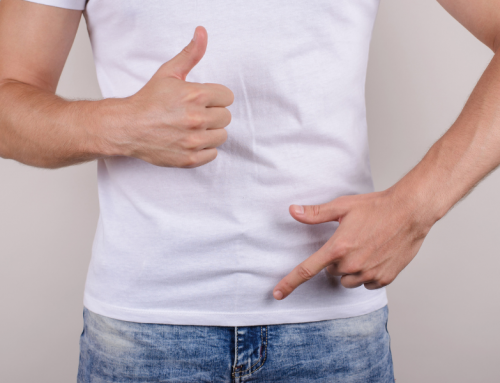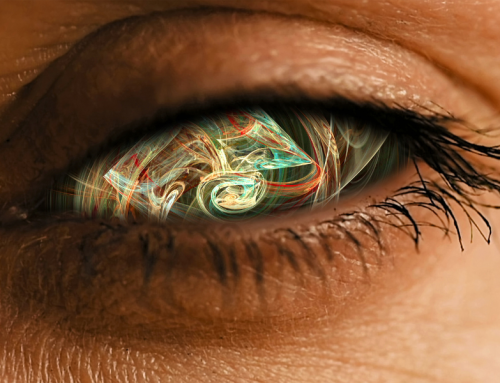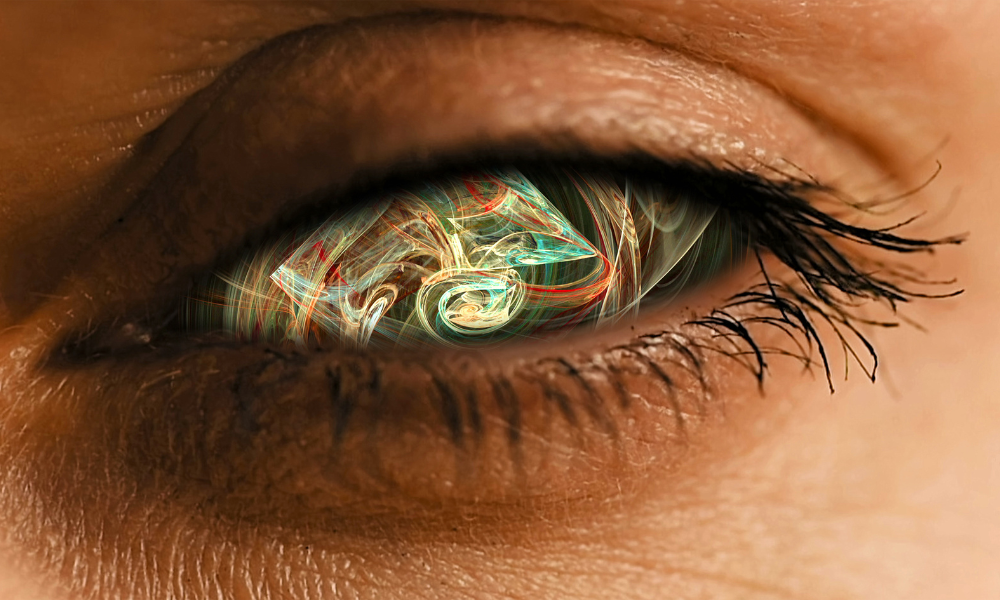The Science of Arousal
It’s very easy to get arousal confused with desire. They go hand in hand and are interchangeable but there is a difference.
Joe and Sarah came into my office for some help, explaining that Joe had a lack of sexual desire. When I asked them to tell me a bit more about it, they proceeded to explain that Joe was having difficulty in getting and maintaining an erection. Further questioning revealed that Joe actually had a high level of sexual desire. He thought about sex a lot, he regularly felt turned on and frequently masturbated. So, I knew that this wasn’t a desire issue, but one of arousal.
Desire is many things to many people and can’t be summed up in one sentence, whole books have been written about desire, but to put it in a nutshell, think about it as sexual interest, the want to be sexual, lust, horniness, excitement, or passion. Therefore, someone who just wasn’t at all in the mood for sex would have an absence of sexual desire, or low sexual desire.
Arousal is a state in which you feel excited or very alert. We are talking about sex here so in this case, arousal is the state of being sexually excited. The feeling of being turned on.
Arousal is the physiological changes that happen in your body and brain when you are excited coupled with the psychological thoughts in your mind.
The Science Bit
What is Arousal? Arousal is the physiological changes that happen in your body and brain when you are excited coupled with the psychological thoughts in your mind.
There are numerous physiological changes that you may notice in your body when you are sexually aroused.
- Erect nipples – all genders
- Vaginal lubrication
- Emission of pre-ejaculatory fluid (pre-cum) from the penis
- Engorgement of blood to the genital area causing swelling of the vaginal walls, labia and testes, erection of the clitoris and penis – yes the clitoris does get erect, more about that another time.
- Rising of the testes, the scrotum tenses and thickens
- Veins in the penis become more prominent.
- Tightening and/or retraction of the foreskin
- Elevation of the cervix and uterus
- Expansion of the vagina in diameter and length
- Change in shape, size and colour of the labia majora and labia minora.
- Dilation of pupils
- Flushing of the skin
- Increased blood pressure, heart rate and temperature.
However, sexual arousal is dependent on the way a person’s brain understands a given ‘sexual’ stimulus. So, they are right when they say that your brain is your biggest sex organ!

Most of us have a good idea about what turns us on, and the majority will seek out that stimulus to feel hot and horny for sex. However, that can be so different for each person. Physical touch, kissing, caressing, foreplay or something visual like the way someone is dressed or a body part, or tattoos, long hair or the scent of someone. It could be the way they laugh or walk or the seductive nature of the way they look at you, a romantic novel, erotica or porn. There are so many things that can turn on arousal in the brain but conversely there are so many things that can turn arousal off and these things are probably more important to evaluate.
This is probably the area that I spend most of my time looking at when I’m at work. Exploring why someone isn’t experiencing desire and excitement, why arousal isn’t happening and why sex might not be working for them. Oh… and just to add to the complexity that is human sexual response, I also have to look at context; the circumstances of the moment (who with, where you are, the environment) and a person’s state of mind (stressed, tired, anxious etc).
When it came to working out why Joe was having issues with arousal; the reason that he couldn’t get, or keep an erection when he needed one, I needed to understand what might be affecting Joe’s sexual response.
Sexual Response
One of the most important findings in the science of sexology in the last 20 years is the Dual control model of sexual response developed by John Bancroft and Erick Janssen, which is the variability of sexual response in an individual.
The variability depends on the interaction between the sexual excitation system (SES) and the sexual inhibition system (SIS) in a person. Both these systems are constantly running at the same time and your level of arousal at any given moment is determined by where you are on the scale between the two.
In short, everything you see hear touch taste or imagine that you personally associate with sex that turns you on are excitations, your green light for go, but running parallel to that is the sexual inhibition system, the turn offs, the red stop lights.
In Emily Nagoski’s book ‘Come as you Are’ she refers to this dual control system as the accelerator and the brakes. The accelerator being the ‘turn ons’ and the brakes, the ‘turn offs’. It’s useful to know that the brakes can be so much more powerful than the accelerator. So, when sex isn’t working for you, look at what is putting on the brakes first. Here are some examples:
- Felling unwell
- Tiredness
- Feeling pressurised for sex
- Pregnancy fears
- Negative emotional states – anxiety, depression, guilt, embarrassment, shame, worry.
- Worrying that you will be interrupted, someone may hear you having sex, like your kids or parents.
- Feeling uncomfortable e.g., cold room, sexual position, painful sex, being touched in the wrong way for you
- Feelings of resentment about your partner e.g., you’ve had a row, you’re not feeling loved or valued by them.
- Body image issues
- Lack of confidence
After a thorough assessment of Joe’s past sexual history and examining his thoughts and feelings around his sexual confidence, it soon became clear that a traumatic memory from the past about his first sexual experience was inhibiting him. Joe had lost his erection through nerves and his partner at the time had not been very understanding. They broke up soon after and the fear of history repeating itself with Sarah was the very thing that was causing Joe’s performance anxiety.
Joe and I spent some time working on the past trauma using EMDR Therapy and followed this up with some psychosexual therapy sessions. We finished his treatment plan with some Psycho Sex Education sessions and involved Sarah in these too.
I believe that Joe’s problem all started with a lack of sex education, some misconceptions he had grown up with and a poor relationship with his own body.
I firmly believe that I would be out of a job if open, straight talking sex education was seen as a vital part of our upbringing. Sex is a fundamental part of our being and shouldn’t be shrouded in shame and secrecy.






